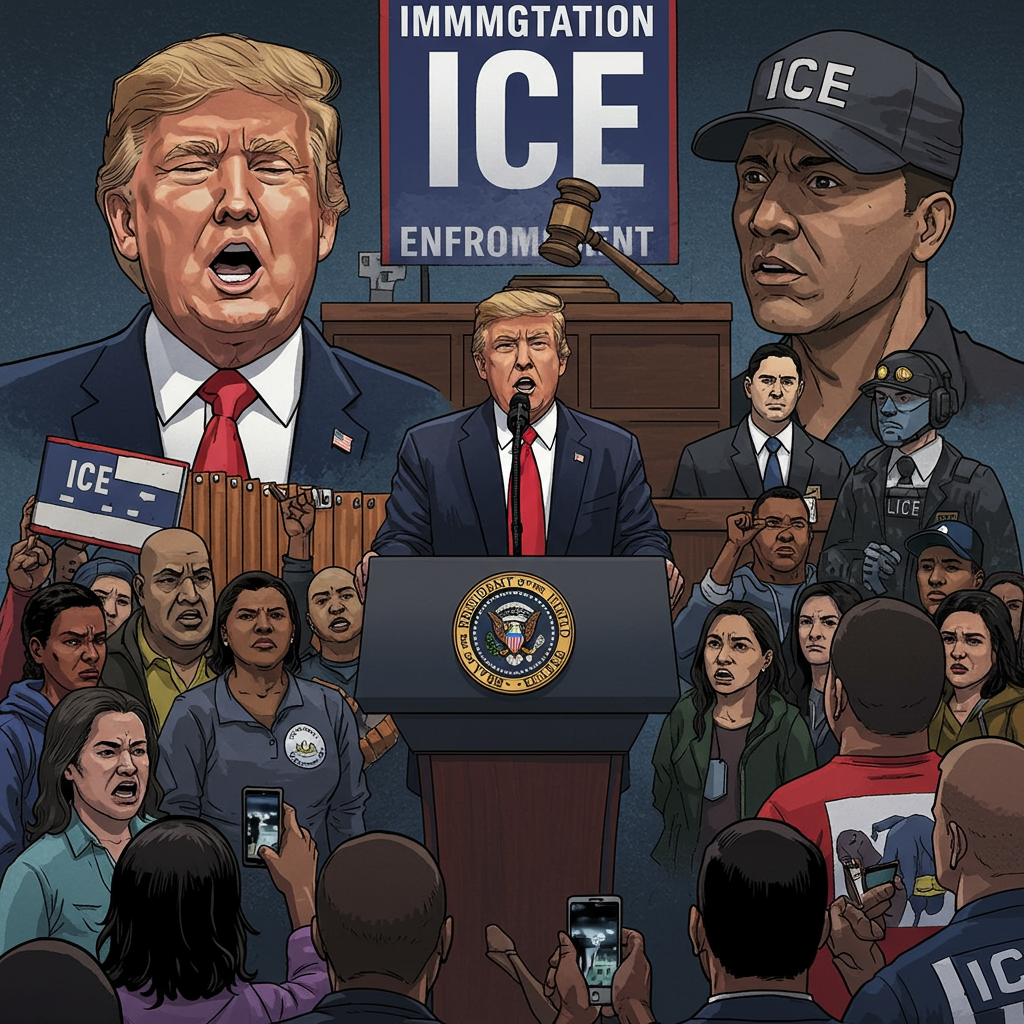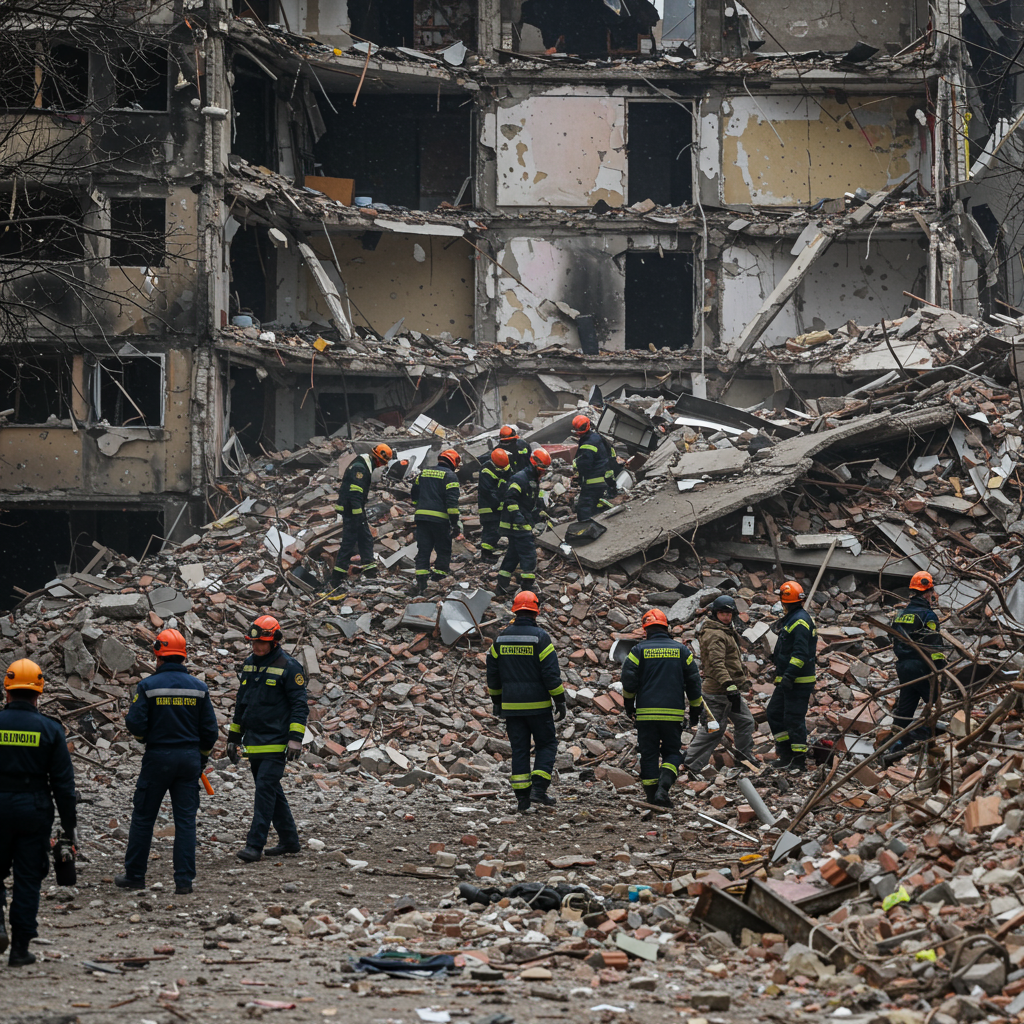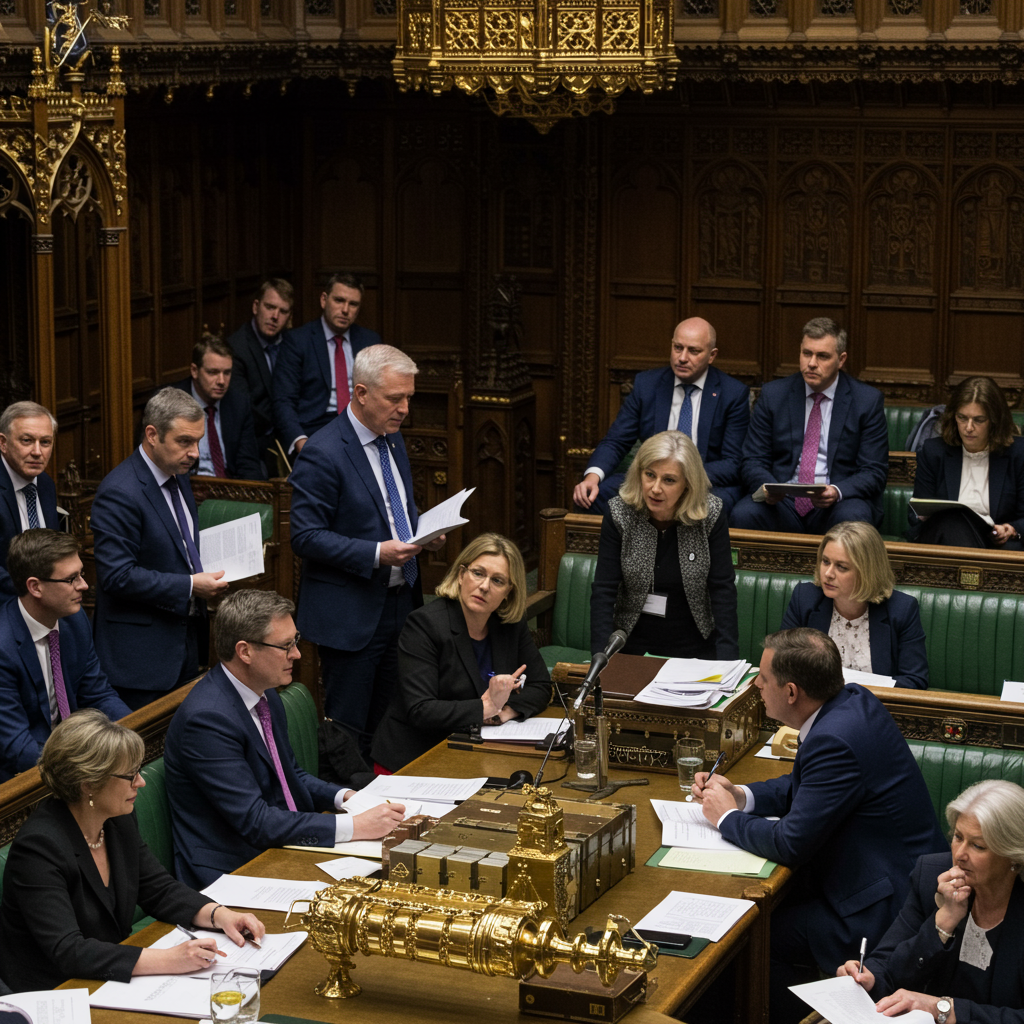DHARAMSHALA, India – A pivotal moment for tibetan Buddhism recently unfolded in the misty hills of Dharamshala. The 14th dalai Lama, His Holiness, convened a significant meeting with senior Buddhist monks. This gathering preceded a major statement regarding the future of the institution of the Dalai Lama and the process for recognizing his successor. The world watched closely as the spiritual leader, nearing his 90th birthday, provided crucial clarity on a matter fraught with spiritual significance and complex geopolitical tension.
Anticipation Builds in Dharamshala
The days leading up to the Dalai Lama’s announcement were marked by a gathering of prominent figures. Heads of various sects of Tibetan Buddhism arrived in Dharamshala. This northern Indian town serves as the base for the Dalai Lama and thousands of Tibetan exiles. Their presence signaled the importance of the upcoming discussions.
A religious conference, scheduled from Wednesday to Friday, brought together over 100 religious figures. This conference immediately preceded the weekend celebrations for the Dalai Lama’s 90th birthday. The atmosphere in Dharamshala was charged with anticipation. Many hoped the gathering would address key issues facing the community.
Tenzin Lekshay, spokesperson for the exiled Tibetan government, confirmed the arrival of these spiritual leaders. He noted that their discussions with His Holiness were likely to touch upon reincarnation issues. The meetings aimed to chart a path forward for Tibetan Buddhism.
The Spiritual Significance of Reincarnation
Tibetan Buddhist tradition holds a profound belief in reincarnation. It is understood that enlightened lamas, like the Dalai Lama, choose to be reborn. They return to continue their spiritual work for the benefit of all sentient beings. The lineage of the Dalai Lamas traces back centuries through this process of rebirth and recognition.
Identifying the reincarnation is a deeply spiritual and intricate undertaking. It involves specific signs, visions, and tests. Traditionally, a search party seeks a child, who could be a boy or a girl. This child is believed to embody the continuation of the previous Dalai Lama’s consciousness. The 14th Dalai Lama’s advanced age makes discussions about this process particularly timely and vital. His guidance on where and how to look for his successor is paramount for the faithful.
A Geopolitical Flashpoint: China vs. The Dalai Lama
The question of the Dalai Lama’s succession is not merely a religious matter. It is a major point of contention between the Dalai Lama and the Chinese government. China views the Dalai Lama as a dangerous separatist. He fled Tibet in 1959 after a failed uprising against Chinese rule. Beijing asserts that it has the authority to choose the next Dalai Lama.
The current Dalai Lama has vehemently rejected this claim. He has stated clearly that his successor will be born outside of China. He has urged his followers to reject any individual appointed by Beijing. China’s insistence on controlling the process is seen by many Tibetans as an attempt to undermine their religious freedom and cultural identity. This standoff highlights the deep political dimension of a deeply spiritual tradition.
The Dalai Lama’s Definitive Statement
Following the crucial meeting with senior monks, the Dalai Lama issued a powerful written statement. This declaration provided critical clarity on the future of his institution. He affirmed unequivocally that the institution of the Dalai Lama “will continue.” This was a direct response to speculation and challenges regarding its future existence.
Crucially, the statement designated a specific entity to manage the succession process. The Dalai Lama stated that the Gaden Phodrang Trust, a non-profit organization he founded, will hold the sole authority to recognize his future reincarnation. This move is designed to safeguard the process. It places the authority firmly within an organization connected to his spiritual legacy and the Tibetan Buddhist community.
The statement also emphasized the need for consultation. The Trust is tasked with carrying out the recognition process in consultation with the heads of Tibetan Buddhist traditions. This ensures that the decision respects traditional customs and gains broad spiritual legitimacy. The Dalai Lama’s words were a clear rejection of external interference. He stated that “no one else has any such authority to interfere in this matter,” directly countering China’s asserted right to choose.
Looking Ahead: The Path for Tibetan Buddhism
The Dalai Lama’s decision marks a significant step in securing the future of his spiritual lineage. By entrusting the recognition authority to the Gaden Phodrang Trust and emphasizing consultation, he is establishing a framework designed to resist external control. This empowers the Tibetan Buddhist community to manage its own spiritual succession. It provides a clear path forward guided by tradition and the Dalai Lama’s own directive.
The religious conference in Dharamshala offered further context. Participants issued a declaration of gratitude to the Dalai Lama. They also discussed the way ahead for the community. While a pre-recorded message from the Dalai Lama addressed the conference, the crucial details regarding reincarnation were reserved for the written statement. This strategic release ensured the weight and clarity of the message regarding the Gaden Phodrang Trust’s role.
The challenges remain, particularly the potential for China to attempt to install its own candidate. However, the Dalai Lama’s clear statement provides a unified stance for the Tibetan Buddhist world. It reinforces the spiritual autonomy of the tradition.
Frequently Asked Questions
What is the Gaden Phodrang Trust’s role in the Dalai Lama’s succession?
The Dalai Lama has designated the Gaden Phodrang Trust, a non-profit organization he founded, as the sole authority to recognize his future reincarnation. This process must be carried out in consultation with the heads of other Tibetan Buddhist traditions. The Trust’s role is intended to ensure the recognition process remains within the Tibetan Buddhist community and adheres to traditional practices, free from external interference.
Where is the Dalai Lama currently based?
The 14th Dalai Lama is currently based in Dharamshala, India. He, along with thousands of other Tibetans, went into exile in India following a failed uprising against Chinese rule in 1959. Dharamshala serves as the seat of the Tibetan government in exile and remains a significant spiritual and cultural center for Tibetans outside of Tibet.
Why is China’s claim to choose the Dalai Lama’s successor controversial?
China’s claim is controversial because it is seen by many as an attempt to exert political control over a deeply spiritual process. Tibetan Buddhists believe the Dalai Lama’s reincarnation is identified through spiritual signs and traditional methods. The Dalai Lama himself has rejected China’s authority, stating his successor will be born outside China and urging followers to reject a Beijing-appointed figure. China’s stance is viewed as undermining Tibetan religious freedom and cultural autonomy.
This clear directive from the Dalai Lama offers hope and direction for the future of Tibetan Buddhism. It underscores the resilience of a tradition determined to protect its spiritual autonomy against political pressures.



